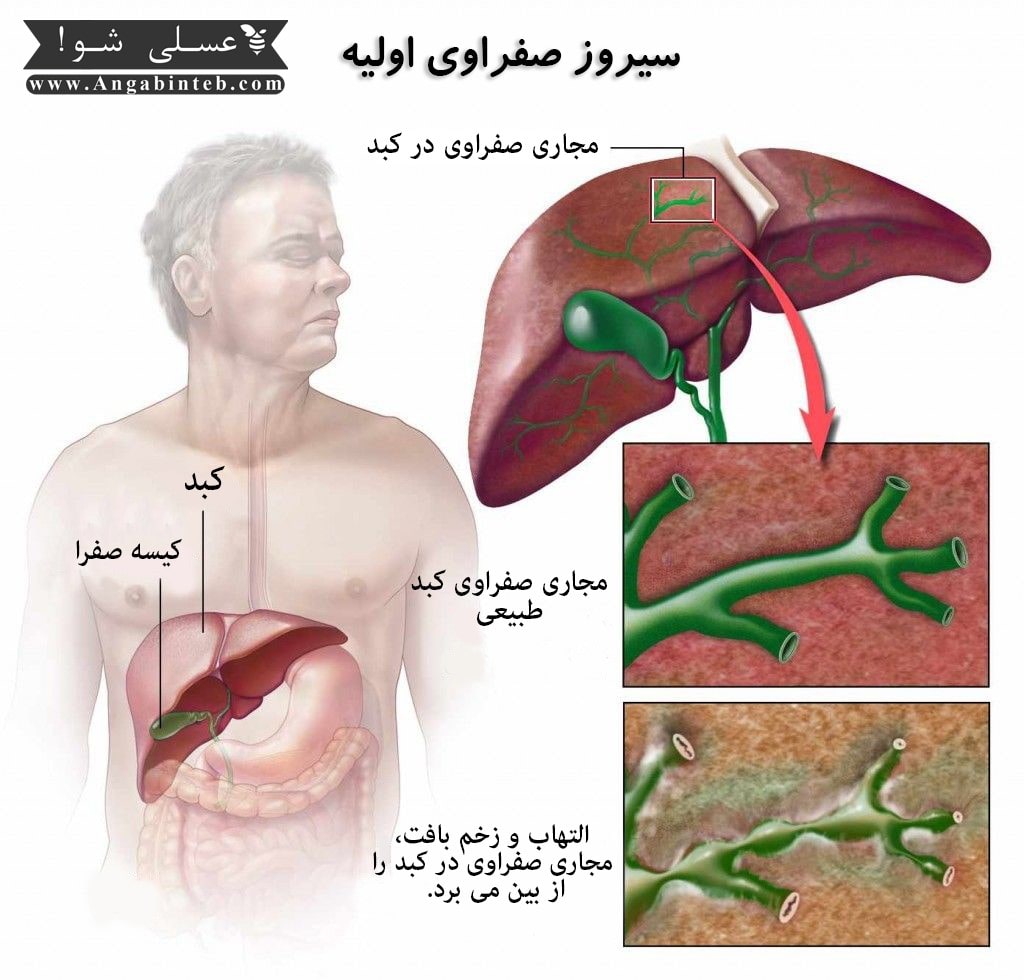
Primary biliary cholangitis is a disease damages the bile ducts in your liver (PBC). It used to be called primary biliary cirrhosis.
These ducts have an important job. They carry a fluid called bile, which plays a key role in digestion, away from your liver. Bile is what helps your body absorb fats, cholesterol, and even some vitamins. It also helps get rid of worn-out red blood cells and other things your body doesn't need.
When bile ducts don’t work the way they should, those substances stay in your liver. The bile backs up, and your liver gets inflamed and maybe even scarred. Over time, the scar tissue replaces healthy liver tissue, and the organ doesn’t work the way it should.
This is usually a slow and gradual process. Your liver does okay for a while. And you’ll take medications to help it work better and manage your symptoms. But the disease can worsen over a few months or many years. One day, you may need a liver transplant.
Causes
Doctors aren't sure. It isn’t passed down from parents to children, but there does seem to be a family link. It’s more common if you have a parent, brother, or sister who has it. Most people who get it are women, and most are in their 40s and 50s.
The disease may be linked to immune system problems like thyroid trouble, pernicious anemia, or scleroderma. Things from outside your body -- smoking, chemicals, or infections -- can also trigger the disease.
Symptoms
In the beginning, the patient might not notice any symptoms at all. the patient can live for many years without problems. Later, he/she might feel tired or have itchy skin or dry eyes and mouth.
As the disease gets worse, you might notice:
-
Yellow skin and eyes (jaundice)
-
Swollen feet and ankles
-
Pain and swelling in your abdomen
-
Bone, muscle, or joint pain
-
Darkened skin
Diagnosis
If there are any of these symptoms, the doctor might suggest blood tests. They’ll tell how well the liver works and if there are any immune system issues. The doctor may also want the patient to have imaging tests like an ultrasound, CT scan, MRI, or endoscopy (ERCP). These provide a more detailed look at the liver and the area around it. The doctor may also suggest a liver biopsy. The doctor will remove a small piece of liver tissue and examine it in the lab to look for damage or disease.
Treatment
There's no cure, but medications can slow down the disease. The most common drug is ursodiol (ursodeoxycholic acid), which helps move bile through your liver. Another drug, obeticholic acid (Ocaliva), can be used with ursodiol or alone to treat PBC. There are also newer drugs to treat symptoms like itching and fatigue.
The doctor may suggest making some changes in your daily life. If you drink alcohol, stop. It puts a strain on your liver. Choose low-sodium foods and exercise regularly to ease your symptoms.
When medications no longer help, a liver transplant may be an option.
Recommended Diet
A healthy diet such as low fat and or low sodium is usually recommended for most patients diagnosed with PBC and other liver diseases.
-
Drink plenty of water and other fluids such as juice.
-
Avoid or lower intake of alcohol, caffeine, and sugar.
-
It is also recommended to eat 4 to 5 small meals instead of 3 large ones, and at least 5 servings of fruit and vegetables per day.
-
The smaller meals, fruits, and vegetables help the liver process easier and remove toxins.
-
Watch your salt. Choose low-salt and no-salt foods when possible. Too much salt can cause swelling.
-
Go low-fat. Watch the fat in your diet, especially if you aren't at your ideal weight or have fatty liver.
-
Skip raw shellfish. It can be home to bacteria that could cause a serious infection. Primary biliary cholangitis affects your immune system, so you’re more likely to get this kind of infection.




